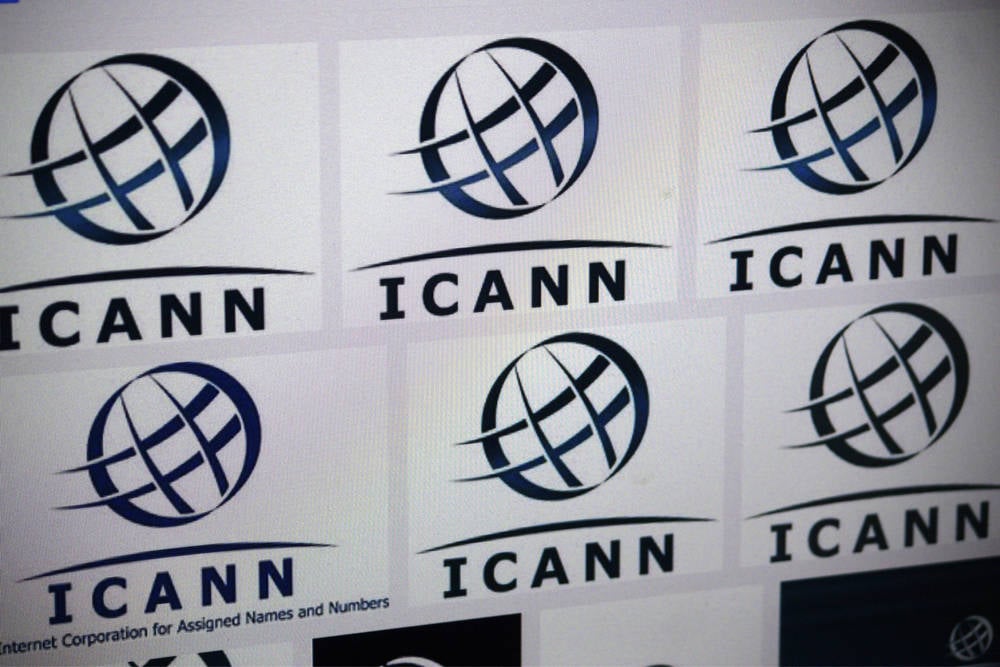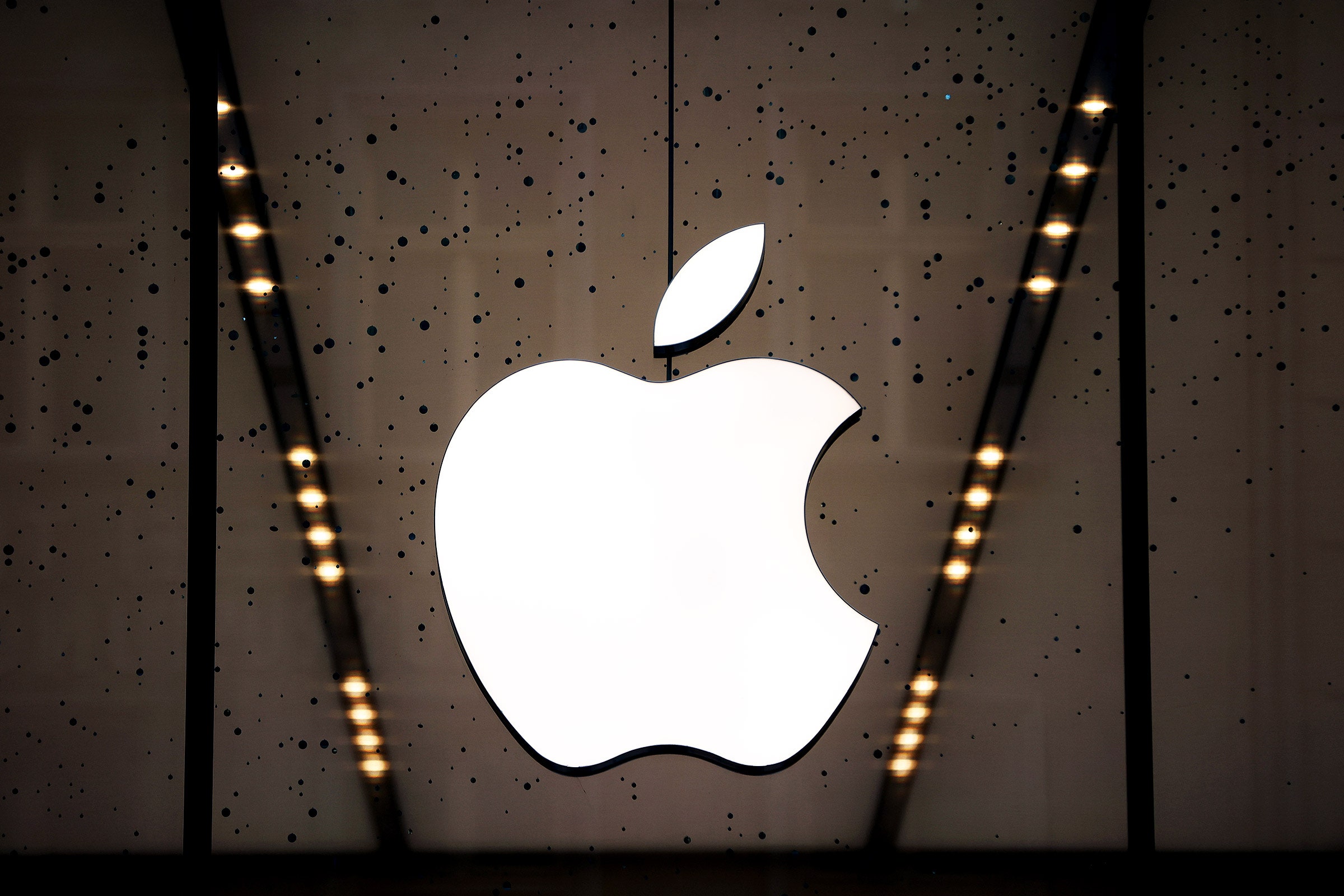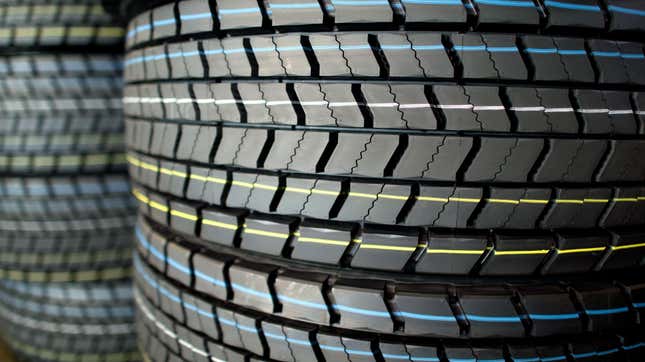One of the dumber things we’ve seen over the last couple of years is the supposed “war on woke” and (more recently) attacks on “diversity, equity, and inclusion” efforts (often shortened to the acronym DEI). In almost every case, these attacks misrepresent reality to generate culture war bullshit, and make a bunch of false claims about how pretty fundamental and basic efforts to make sure that organizations are cognizant of historical and systematic biases, and seek to push back against them.
Of course, one thing I’ve noticed is how many of the people who are the most vocal against such things are also (simultaneously) claiming to be free speech supporters, even as they bend over backwards to attack and silence anyone pushing ideas, content, or culture that they consider “woke.” They are not free speech supporters. They’re not simply seeking to counter views they disagree with. They’re looking to suppress speech they disagree with.
This weekend, the NY Times had an article by Nicholas Confessore, detailing how the whole “war on woke” and the “anti-DEI crusade” is almost entirely manufactured by a group of censorial, racist shitheads. (The NY Times article, unfortunately, does not admit that the NY Times itself has played a fairly major role in platforming people pushing these ideas as if they were simply honest opinions, or its willingness to suggest that the people pushing them have legitimate, intellectually honest points to make).
Centered at the Claremont Institute, a California-based think tank with close ties to the Trump movement and to Gov. Ron DeSantis of Florida, the group coalesced roughly three years ago around a sweeping ambition: to strike a killing blow against “the leftist social justice revolution” by eliminating “social justice education” from American schools.
The documents — grant proposals, budgets, draft reports and correspondence, obtained through public-records requests — show how the activists formed a loose network of think tanks, political groups and Republican operatives in at least a dozen states. They sought funding from a range of right-leaning philanthropies and family foundations, and from one of the largest individual donors to Republican campaigns in the country. They exchanged model legislation, published a slew of public reports and coordinated with other conservative advocacy groups in states like Alabama, Maine, Tennessee and Texas.
As the Times’ report notes, one of the cornerstones of this effort (including pushing to get laws passed to suppress such content) is to claim it’s about “diversity of thought” and “intellectual freedom,” even though it’s literally the opposite. The entire purpose is to shut down diversity of thought and to stifle intellectual freedom… that these shitheads don’t like.
Yet even as they or their allies publicly advocated more academic freedom, some of those involved privately expressed their hope of purging liberal ideas, professors and programming wherever they could. They debated how carefully or quickly to reveal some of their true views — the belief that “a healthy society requires patriarchy,” for example, and their broader opposition to anti-discrimination laws — in essays and articles written for public consumption.
In candid private conversations, some wrote favorably of laws criminalizing homosexuality, mocked the appearance of a female college student as overly masculine and criticized Peter Thiel, the prominent gay conservative donor, over his sex life. In email exchanges with the Claremont organizers, the writer Heather Mac Donald derided working mothers who employed people from “the low IQ 3rd world” to care for their children and lamented that some Republicans still celebrated the idea of racially diverse political appointments.
What’s hilarious is that, in the article, they note that the folks working on this debated over how to demonize the phrase “diversity and inclusion,” saying maybe they should just focus on the last made-up bogeyman from a few years ago: “social justice.”
The documents the Times’ obtained show that there was no actual known problem with DEI efforts. It’s just that these are a bunch of censorial, racist, shitheads who wanted to attack anything that looked to make people aware of racism, and to silence them. And so, turning “woke” and “DEI” into slurs would effectively promote their racist viewpoints, while made up concerns about “harms” from these programs would push lawmakers to pass censorial laws that silenced people this crew disliked.
And, of course, they also knew that there was money in creating a new bogeyman:
“Woke” politics was not just a threat to American life. It was also a fund-raising opportunity. By spring 2021, as parents grew impatient with Covid school closures, or skeptical of “anti-racist” curriculums in the wake of the Floyd protests, Claremont officials had begun circulating urgent grant requests to right-leaning foundations.
“America is under attack by a leftist revolution disguised as a plea for justice” reminiscent of “Mao Zedong’s Cultural Revolution,” Claremont’s president, Ryan P. Williams, wrote in a draft proposal to the Jack Miller Family Foundation.
Basically, if you’ve ever gone around using “woke” as a pejorative, it means you’re a sucker for a grift. Congrats.
And, contrary to the claims of “academic freedom” and not pushing “ideological” content in schools, that’s exactly what these shitheads want to do:
In one exchange, some of those involved discussed how to marshal political power to replace left-wing orthodoxies with more “patriotic,” traditionalist curriculums.
“In support of ridding schools of C.R.T., the Right argues that we want nonpolitical education,” Mr. Klingenstein wrote in August 2021. “No we don’t. We want our politics. All education is political.”
Dr. Yenor appeared to agree, responding with some ideas for reshaping K-12 education. “An alternative vision of education must replace the current vision of education,” he wrote back.
I mean, I get it., These shitheads are dumb as rocks, and the grifters have been falsely claiming that public schools are indoctrinating kids with “woke” views (which is not at all what’s happening) so they publicly claim they want to take ideology out, when in reality, they want to put in their own ideology, believing it is the counter to what is actually happening. Of course, the reality is mostly that education is already non-ideological, and they’re just trying to make it so.
But the only way to justify that is to falsely claim the reverse is happening.
And, at the same time, they seek to couch all of these arguments in the framing of “academic freedom,” even when they clearly want the reverse. The Times’ piece details a conversation about how to defend a racist rant by a law professor, and so the plotters detailed how to frame the discussion around academic freedom, even if they actually hate academic freedom:
Now, Dr. Yenor advised his friend Dr. Azerrad to aim his statement at a liberal audience — to defend Dr. Wax on the grounds that if she were fired, it would only embolden red-state lawmakers to fire controversial left-wing professors.
“But don’t we want this to happen?” Dr. Azerrad asked.
“Yes,” replied Dr. Yenor. “But your audience doesn’t want it to happen.”
Basically: shithead censorial grifters.
Also making a big appearance in this mess, the American Principles Project, another group of censorial racist shitheads, which we wrote about for their strong support for “anti-big tech” laws like KOSA. Apparently, they did some polling to see if they could make “woke” and “DEI” seem bad (again, note that this has nothing to do with anything real — just what the polls say they can work), and found that most people didn’t actually give a shit:
In June, the American Principles Project circulated a memo detailing the results of several focus groups held to test different culture-war messages.
For all the conservative attacks on diversity programs, the group found, “the idea of woke or DEI received generally positive scores.”
Of course, rather than move on to a real issue, these culture war chuds decided to just see what they could do to make people hate those terms, even if there was no legitimate reason to do so.
And, as the article details, the latest attack on DEI was also planned out, trying to leverage the recent rise in antisemitism following the Oct. 7 Hamas attacks and hostage-taking in Israel. It wasn’t because any of these shitheads actually cared about antisemitism. They just saw it as a huge opportunity to drive a culture war wedge into things, and push forward their censorial regime.
So, the next time you see this happening, know that it’s just a bunch of shitheads grifting. It’s not about freedom. It’s inherently anti-freedom. They’re literally trying to do exactly what they falsely accuse their opponents of doing. And they’re raising tons of money to keep it going.
I recognize that the many gullible suckers they’ve played with this nonsense will insist there’s something legitimate in these complaints. But it’s all manufactured bullshit.


















